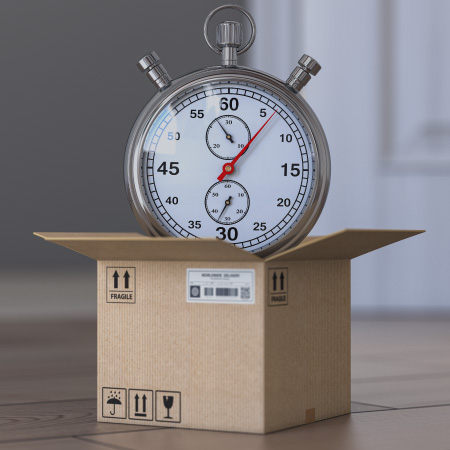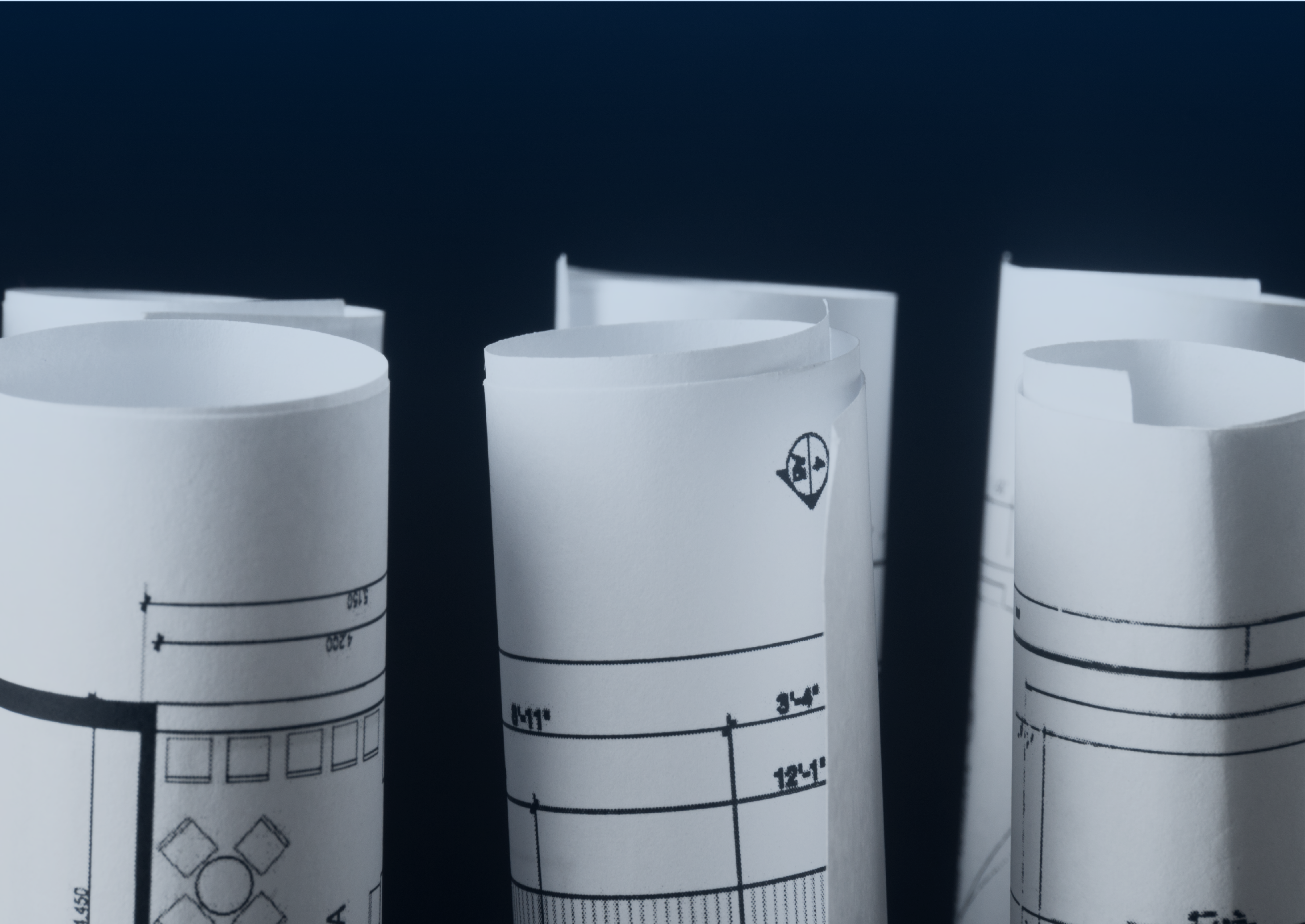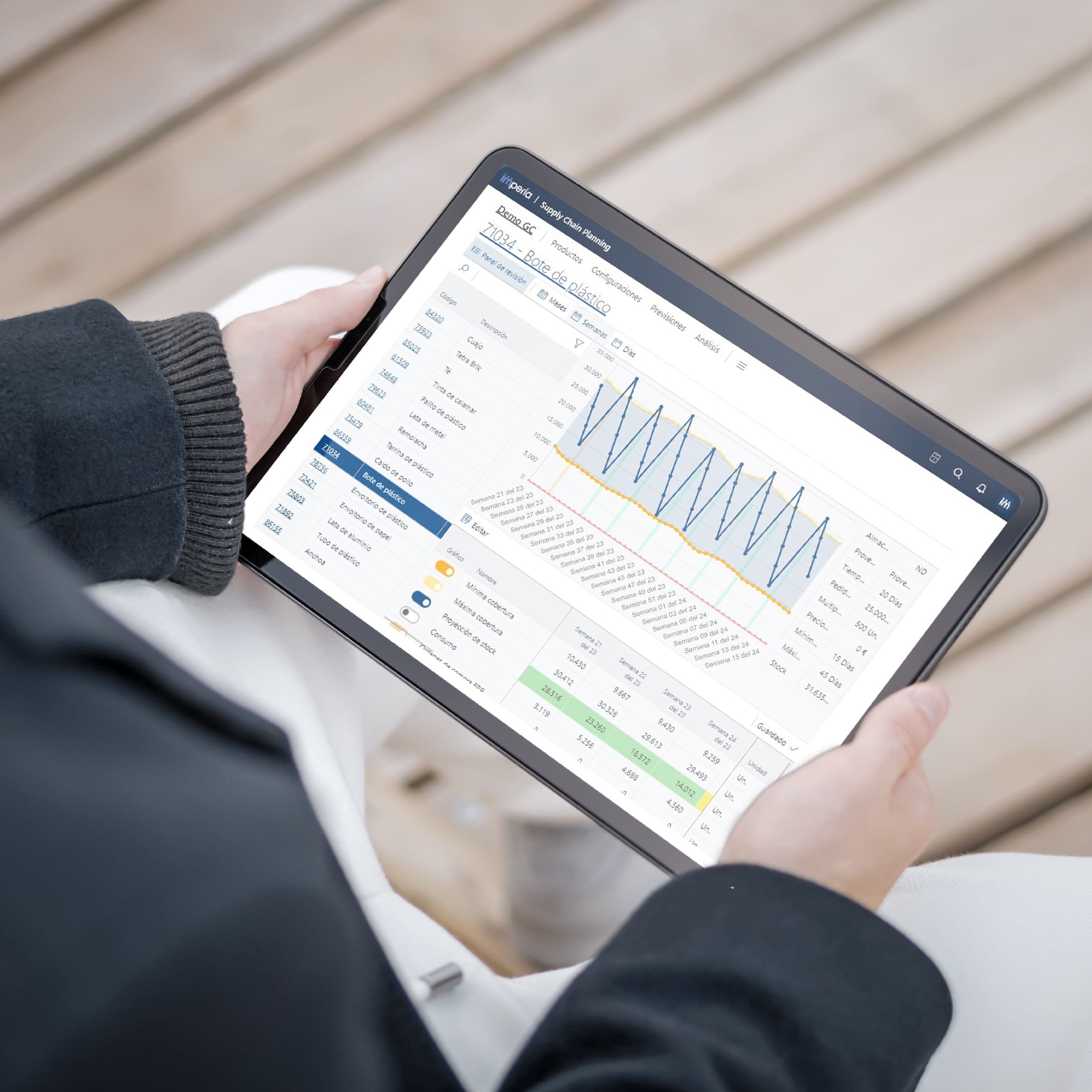
Inventory management is a crucial part of the supply chain for any company, especially in the fast-moving consumer goods sector. Poor inventory management can lead to lost sales, increased storage costs, and decreased overall efficiency of the company.
On the other hand, good inventory management, also known as stock control, can help maximize sales, reduce operating costs, and increase efficiency. Here are some strategies to improve inventory management in the fast-moving consumer goods sector.
Inventory Management Systems: Which One is Right for Your Business
Establish a reorder point
A reorder point is the inventory level at which more products should be reordered. Establishing an appropriate reorder point is important to avoid both stockouts and excess inventory.
Use the FIFO (First-In, First-Out) system
This inventory rotation system ensures that the oldest products are used before they expire or lose quality. This can help reduce waste and increase efficiency.
Use demand forecasting techniques
Using demand forecasting techniques, with advanced prediction models considering all external variables that may affect demand, can help predict the future demand for products and adjust inventory accordingly.
Implement inventory management software
Using inventory management software can help keep accurate records of inventory levels and generate alerts when it's necessary to reorder products.
Track storage time
Keeping track of the time products spend in the warehouse can help identify slow-moving inventory issues and take steps to correct them.
Conduct regular inventory reviews
Regular inventory reviews are important to ensure inventory levels are accurate and to identify any issues.
Establish long-term supply relationships
Establishing long-term supply relationships with suppliers can help ensure a consistent supply of products and may lead to lower prices in the long run, improving inventory management.
Use efficient storage and distribution techniques
Efficient storage and distribution techniques can help reduce space requirements and storage costs and increase efficiency in the distribution process.
Some techniques to achieve this include the use of multiple storage locations, the use of high-density shelving and storage boxes, and the use of automated transportation and distribution systems.
What have we learned about inventory management?
By following these inventory management strategies, companies in the fast-moving consumer goods sector can maximize sales, reduce costs, and increase operational efficiency through effective inventory management and accurate demand forecasting with a good level of reliability. Using demand forecasting software tools can be of great help in achieving this.



























































 Imperia_thumbnail.jpg)





















